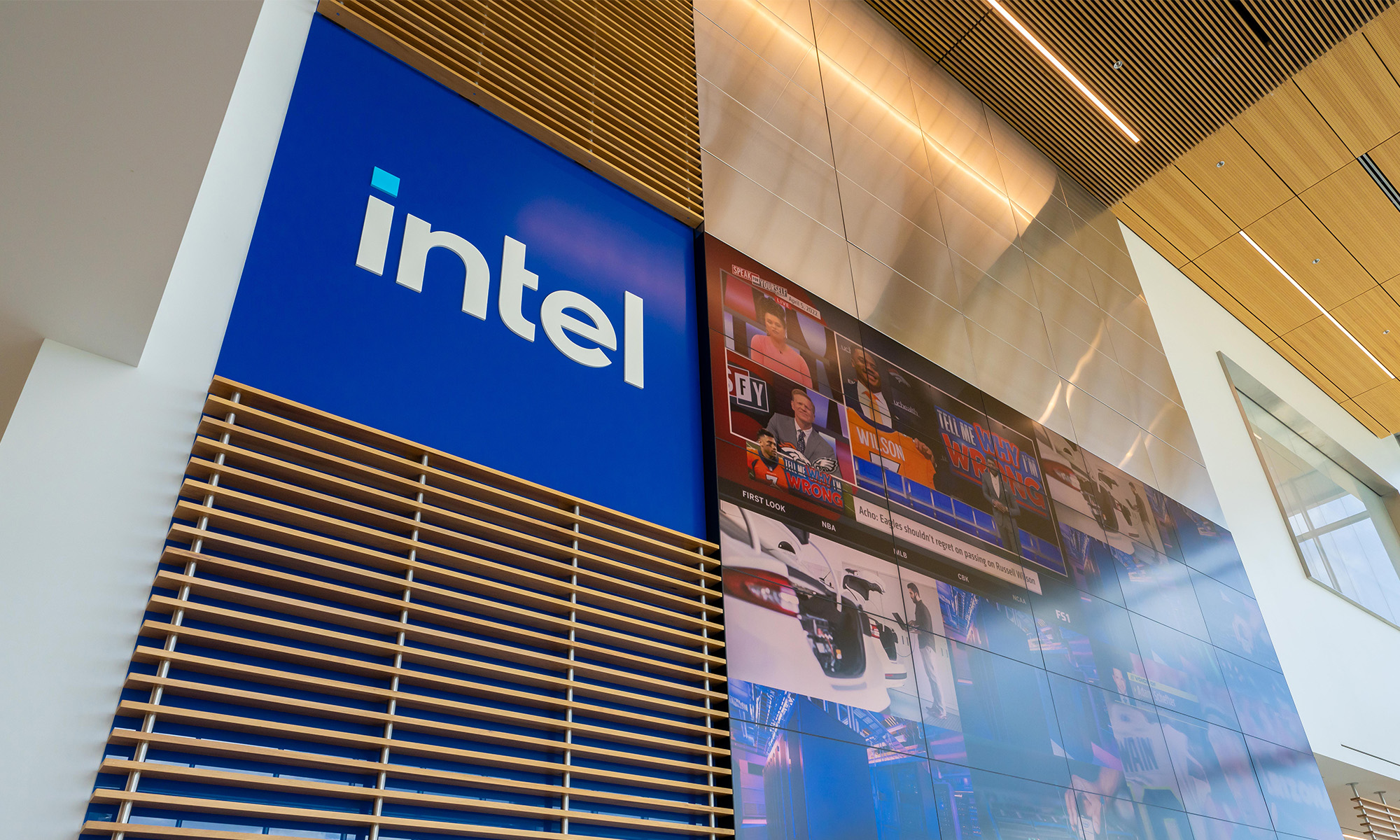Chip giant Intel (INTC 1.26%) has been struggling with slumping sales and profits in its server CPU business over the past few years. There are two things going on.
First, rival Advanced Micro Devices (AMD +0.71%) has stolen the performance crown in grand fashion with its EPYC server CPUs. AMD's latest Genoa family of processors features high core counts, strong performance, and solid power efficiency. Intel's Emerald Rapids server CPUs, which launched late last year, delivered performance gains over its predecessors but were limited to 64 cores. The Intel 7 manufacturing process, which is derived from the company's troubled 10nm process, was part of the problem.
Second, spending in the data center is increasingly going toward AI accelerators like GPUs rather than general-purpose server hardware. AI servers still need CPUs, but the slice of the pie that Intel is fighting for has shrunk as companies focus on building out AI capacity.
While the second problem remains an issue for Intel, the company has largely solved the first problem with its new Granite Rapids server CPUs.
A big leap forward
Intel announced the official launch of its Granite Rapids family of server CPUs on Tuesday . Branded as Xeon 6 with P-Cores, this launch comes a few months after the roll-out of Sierra Forest, the company's efficiency-focused lineup of server CPUs . While Sierra Forest packs in as many as 144, and eventually 288, low-power efficiency cores (E-cores), Granite Rapids includes as many as 128 high-powered P-cores.
That's a huge jump in core count from Emerald Rapids, and it brings Intel's server CPU portfolio back in line with what AMD is offering. Intel claims that Granite Rapids doubles the performance of its predecessor while delivering improved efficiency and AI acceleration capabilities. Like Sierra Forest, Granite Rapids is manufactured on the new Intel 3 process.
Third-party reviews are trickling out, and the general conclusion is that Intel has delivered a competitive lineup of server CPUs. Reviewers at Phoronix found that the top-tier Xeon 6 6980P CPU easily beat out the competition in an average of all benchmarks, although it did lose in certain benchmarks to AMD's EPYC chips. In AI workloads, Intel's new chip put up extremely strong performance numbers .
Given how badly Intel had fallen behind AMD in terms of performance, Granite Rapids is exactly what the company needs to turn around its data center business.

NASDAQ: INTC
Key Data Points
Not quite a home run
While Granite Rapids beats out AMD's Genoa CPUs, AMD's Turin CPUs are set to launch sometime in the second half of the year . Turin will likely bring enough performance gains to give them an edge over Granite Rapids, at least on average.
While this may not seem like good news for Intel, Granite Rapids still puts the company in a far better competitive position than it's been in for quite some time. Instead of being woefully behind AMD, Intel is now within spitting distance. Granite Rapids sets the stage for Intel to take the lead in 2025 or 2026 when it launches the next-gen follow-up to Granite Rapids, codenamed Diamond Rapids, which will likely be built on its advanced Intel 18A manufacturing process . Intel expects Intel 18A to deliver a manufacturing advantage over TSMC, and by all indications, the process node is on track to ramp production next year.
While the previous two generations of Intel server CPUs didn't do much to close the gap with AMD, Granite Rapids puts Intel back in the conversation. The worst may finally be over for Intel's data center segment.







